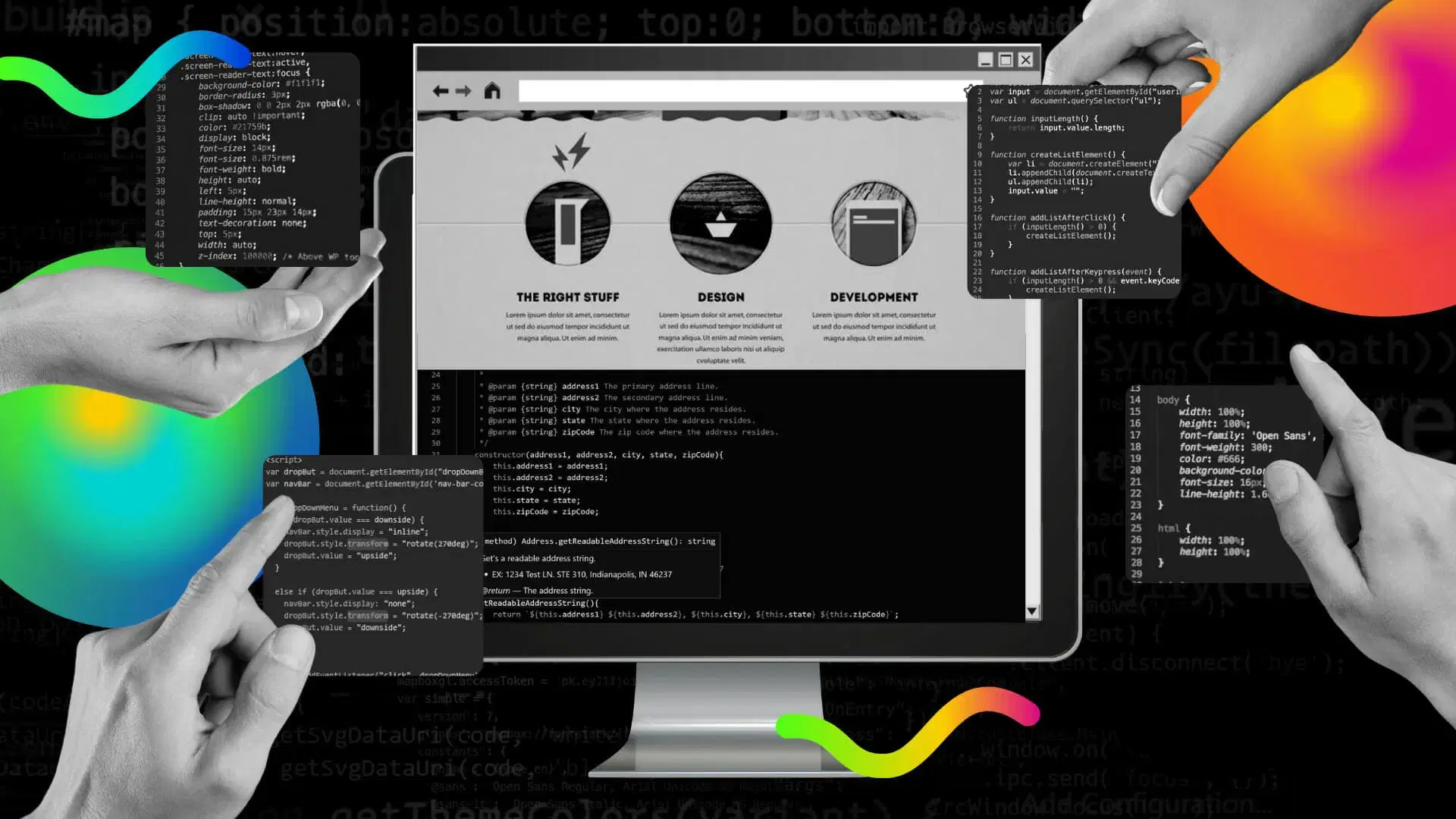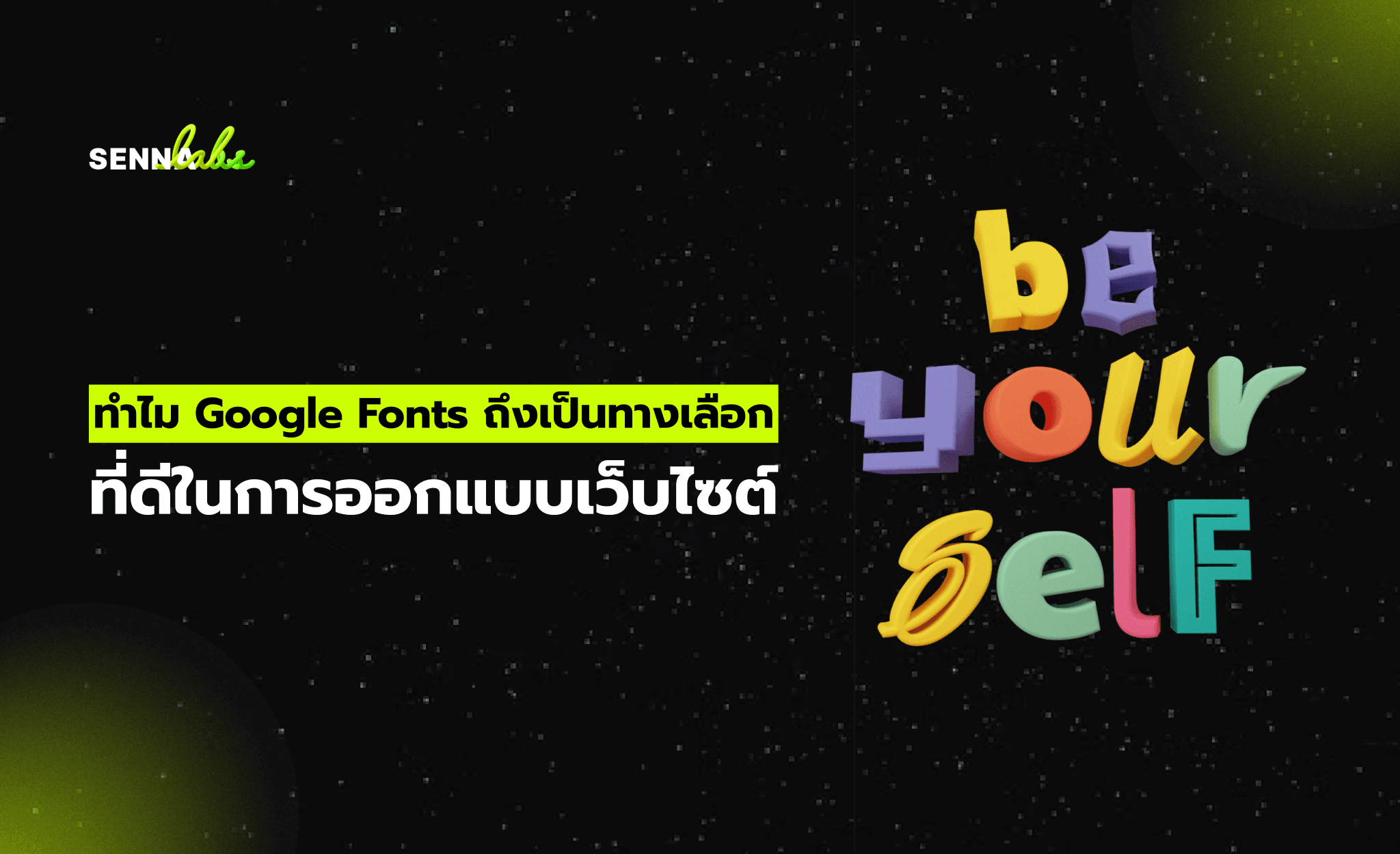UX/UI Design: The Secret to Reducing Bounce Rates on Your Website
Share

As a blogger, you put a lot of effort into creating high-quality content that adds value to your audience. But despite your best efforts, you may notice a troubling trend—visitors come to your site, but they leave quickly, without engaging deeply or exploring other pages. This is known as a high bounce rate, and it’s something every website owner and blogger must address to retain visitors and improve engagement.
A high bounce rate can be a sign that something isn’t working well on your website. While the content may be fantastic, the way your site is designed can play a huge role in whether visitors stick around or click away. UX/UI design (User Experience and User Interface Design) is the secret ingredient to keeping visitors engaged, guiding them through your website, and encouraging them to explore more.
In this article, we’ll explore how effective UX/UI design can reduce bounce rates, improve user engagement, and ultimately keep your visitors on your blog for longer. By making strategic design improvements, you can ensure that your website not only attracts traffic but also keeps users interacting with your content.

Why is Bounce Rate Important for Bloggers?
Bounce rate refers to the percentage of visitors who land on your website and leave after viewing only one page. A high bounce rate is problematic because it typically indicates that users didn’t find what they were looking for or didn’t enjoy their experience on your site.
For bloggers, a high bounce rate can be detrimental for several reasons:
-
Decreased Engagement: If visitors leave your site quickly, it suggests that they didn’t engage deeply with your content. This limits your ability to build a relationship with your audience.
-
Lower Search Engine Rankings: Search engines like Google consider bounce rate as a factor in ranking websites. A high bounce rate may signal that your content isn’t relevant or engaging, negatively impacting your SEO efforts.
-
Lost Opportunities for Conversions: If visitors are leaving your site without engaging, you’re missing out on opportunities to convert them into subscribers, followers, or customers.
How UX/UI Design Helps Reduce Bounce Rates
UX/UI design plays a critical role in shaping how users interact with your website. By making the user experience (UX) smoother and the interface (UI) more appealing and easy to use, you can keep visitors on your site longer, reduce bounce rates, and encourage them to explore more content. Here’s how UX/UI design influences bounce rates:
1. Improve Website Speed and Performance
Website speed is one of the most significant factors in reducing bounce rates. Studies show that 40% of visitors will abandon a website if it takes more than 3 seconds to load. If your blog is slow, visitors may not even wait long enough to view your content.
How UX/UI design helps:
-
Optimizing images and files: Large images and heavy files can slow down page load times. Using compressed images and proper file formats ensures that your blog loads faster.
-
Minimizing heavy animations and scripts: Excessive animations or complex JavaScript can also slow down your site. Streamlining these elements helps improve load time without compromising visual appeal.
-
Caching and CDN usage: Using content delivery networks (CDNs) and caching mechanisms speeds up site loading time by storing data in multiple locations worldwide.
2. Simplify Navigation for Easy Access
Another reason users bounce from websites is difficulty navigating through the content. If visitors can’t easily find what they’re looking for, they’ll likely leave and look elsewhere. Simple, well-organized navigation enhances the user experience and encourages users to explore more pages on your site.
How UX/UI design helps:
-
Intuitive menu structure: Organize your website’s menu with clear categories and logical subcategories. For example, a blog might have categories like “Lifestyle,” “Travel,” “Tech,” and “Health” to guide visitors to their preferred topics.
-
Breadcrumb navigation: This feature helps users see where they are on your site and easily navigate to previous pages, which is especially helpful for blogs with many posts or sections.
-
Sticky menus and floating buttons: These features allow visitors to access important navigation options without having to scroll back to the top of the page.
By making your website easy to navigate, you increase the chances that visitors will stay longer and explore additional pages, which reduces bounce rates.
3. Create Engaging and Visually Appealing Layouts
First impressions matter. If your website looks cluttered or outdated, visitors may leave right away. A clean, modern, and aesthetically pleasing design helps establish credibility and encourages users to stay longer. Your blog layout should highlight your content while ensuring readability and ease of interaction.
How UX/UI design helps:
-
Minimalistic design: Keep the design simple and free of unnecessary elements. A clean layout that focuses on content is easier to read and navigate.
-
Whitespace: Proper use of whitespace around text, images, and buttons helps make the content less overwhelming and more inviting for users.
-
Responsive design: Ensure that your website is optimized for all screen sizes, especially mobile devices. More people are browsing blogs on mobile than ever before, and a responsive design ensures that your content looks great and is easy to read on any device.
-
High-quality visuals: Use attractive images, graphics, and videos to support your content. Poor-quality visuals can make your site look unprofessional and cause visitors to leave.
An aesthetically pleasing and well-organized layout encourages users to stay longer and read more articles, decreasing the likelihood that they’ll bounce.
4. Improve Readability and Content Accessibility
For a blog to be successful, visitors need to be able to read your content easily. If the text is too small, the font is hard to read, or the contrast is poor, users will quickly lose interest and leave. Effective UX/UI design enhances readability by adjusting text size, font style, and spacing to make content more accessible and engaging.
How UX/UI design helps:
-
Font selection and sizing: Choose fonts that are easy to read on both desktop and mobile. Typically, sans-serif fonts like Arial or Helvetica are preferred for web content. Additionally, ensure that the font size is large enough to read comfortably without zooming.
-
Line spacing and paragraph breaks: Increase line spacing to prevent text from appearing cramped. Use short paragraphs to break up large chunks of text and make it more scannable.
-
Color contrast: Ensure that text contrasts well against the background to make it easier to read, especially for those with visual impairments. For example, dark text on a light background is typically easier to read.
Improving the readability of your content makes it more likely that users will engage with your blog and explore more posts, reducing bounce rates.
5. Clear Call-to-Actions (CTAs)
A strong call-to-action (CTA) is essential for guiding visitors toward the next steps, whether it’s reading another blog post, subscribing to a newsletter, or making a purchase. Without clear CTAs, visitors may leave the site without taking any action.
How UX/UI design helps:
-
Positioning and prominence: Place your CTAs in strategic positions, such as after every blog post or in the header or footer, making it easy for users to take the next step.
-
Actionable text: Use clear, action-oriented language like “Read More,” “Subscribe Now,” or “Get Started” to encourage users to click.
-
Attractive design: Make your CTA buttons stand out by using contrasting colors, larger sizes, or unique shapes. However, avoid over-cluttering the page with too many buttons, which can confuse users.
Effective CTAs not only increase engagement but also help guide visitors deeper into your site, reducing bounce rates and keeping users on your site for longer.
6. Optimize for Speed
As mentioned earlier, website speed is a major factor in reducing bounce rates. If your site takes too long to load, visitors will leave before they even see your content. Slow-loading pages contribute to a poor user experience, and in today’s fast-paced world, no one has time to wait for a website to load.
How UX/UI design helps:
-
Optimize images and videos: Compress large images and videos without sacrificing quality to speed up loading times.
-
Use clean, lightweight code: Remove unnecessary code and optimize the structure of your website to minimize loading times.
-
Leverage caching: Use caching techniques to store parts of your website on users’ devices, reducing the load time for return visitors.
By focusing on website speed, you can create a faster, smoother browsing experience that keeps visitors on your site longer.
Conclusion: How UX/UI Design Can Keep Visitors Engaged and Reduce Bounce Rates
Reducing bounce rates and increasing user engagement is essential for the success of any blog or website. With thoughtful UX/UI design, you can create a website that is easy to navigate, visually appealing, and intuitive for visitors. A seamless user experience, combined with effective interface design, keeps users engaged, reduces frustration, and encourages them to interact with your content and take action.
By focusing on elements such as navigation, mobile optimization, fast load times, readability, and clear calls to action, you can create an experience that not only reduces bounce rates but also enhances the overall satisfaction of your visitors. Ultimately, a well-designed website that provides value to users will increase conversions, drive traffic, and keep users coming back for more.

Share

Keep me postedto follow product news, latest in technology, solutions, and updates
Related articles
Explore all


